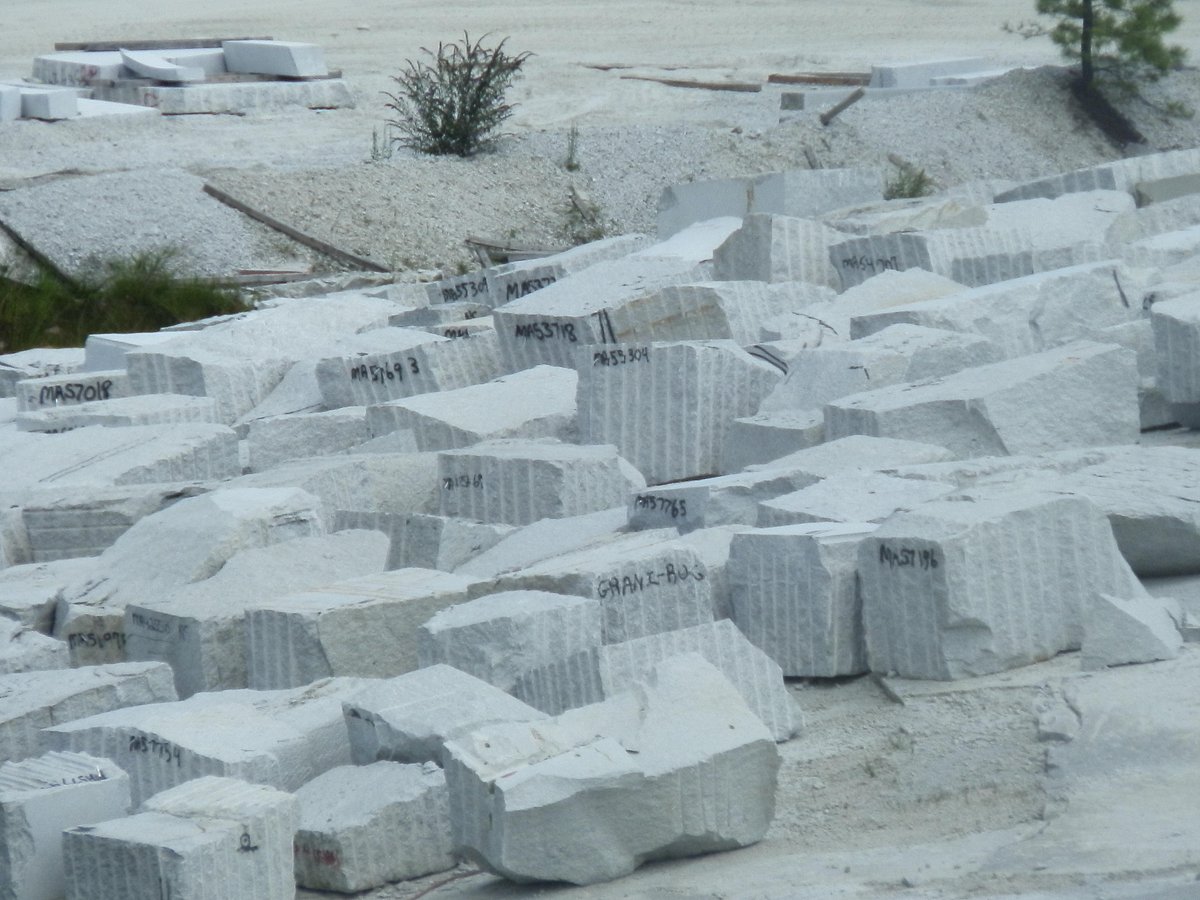Checking Out Granite Quarries in South Africa: A Comprehensive Overview
Checking Out Granite Quarries in South Africa: A Comprehensive Overview
Blog Article
Introducing the Mysteries of Granite Quarrying: Where Strength and Beauty Meet
The globe of granite quarrying is a world where the raw strength of nature assembles with human virtuosity to develop structures that stand the test of time with an air of style. From the depths of quarries to the careful polishing in workshops, the process of transforming granite right into building marvels is a complex dance of custom and innovation. As we peer into the midsts of this ancient craft, we begin to reveal the surprise intricacies that shape the very essence of our developed setting.
The Beginnings of Granite Quarrying
In the annals of building background, the beginnings of granite quarrying are shrouded in a tapestry of old workmanship and geological wonders. Going back to old Egypt and Mesopotamia, the removal of granite from quarries noted the start of a trip that would at some point cause the production of a few of the world's most renowned structures.
Granite quarrying's roots can be traced to the proficient craftsmens that acknowledged the stone's durability and aesthetic allure. Via a mix of primitive devices and sheer decision, these early quarry employees discovered granite blocks that would become the foundation of people.
As worlds advanced, so did the techniques of quarrying granite. The Romans, renowned for their engineering expertise, created advanced methods for removing granite to create monoliths, temples, and roads that stood the test of time.
The legacy of these old quarrying techniques proceeds to shape modern style, with granite staying a symbol of strength and elegance in building and construction tasks around the globe. (granite quarries in south africa)
Tools of the Quarrying Profession
The development of granite quarrying techniques from old civilizations to modern-day times highlights the critical function played by the tools of the quarrying sell shaping the sector's methods. In ancient times, quarrying devices were simple, frequently containing blades, hammers, and wedges made from materials like bronze or iron. These devices required significant workforce and time to extract granite obstructs from quarries.

In addition, the intro of pneumatically-driven devices and high-powered machinery has considerably decreased the physical labor needed in quarrying procedures, enhancing worker safety and productivity. As the quarrying sector remains to introduce, the devices of the trade continue to be at the center of driving progression and forming the future of granite extraction.
Extracting Blocks of Granite
Using accuracy equipment and advanced techniques, the extraction of granite obstructs from quarries has come to be an advanced process in the contemporary quarrying market. Controlled blasting granite quarries in south africa methods are then employed to break apart the granite right into workable areas.

Polishing and Ending Up Methods
To achieve a perfect surface area on granite blocks, proficient craftsmens use a collection of precise sprucing up and ending up techniques. After the preliminary removal and shaping processes, the granite obstructs undergo a complete sprucing up phase to improve their natural appeal and resilience.
Along with polishing, completing strategies are related to further fine-tune the granite's look. These strategies might include flaming, sharpening, or cleaning, each offering unique structures and surfaces to suit various visual choices. Flaming, for example, entails subjecting the granite surface area to high temperature levels to create a rough, textured finish, suitable for outside applications where slip-resistance is necessary. Sharpening, on the other hand, gives a matte surface that is smooth to the touch, excellent for indoor kitchen counters and floor covering. By carefully selecting and applying these polishing and look these up finishing techniques, artisans can transform raw granite obstructs into beautiful pieces that showcase both strength and elegance.

Ecological Impact and Sustainability
With the growing focus on environmental awareness in the industry, granite quarrying methods are progressively inspected for their effect on all-natural resources and long-term sustainability. Quarrying for granite can have significant environmental implications. The extraction process typically involves the use of hefty machinery, dynamites, and huge quantities of water, resulting in environment devastation, soil erosion, and water air pollution. Furthermore, the transportation of granite from quarries to refining centers generates carbon emissions, additionally adding to environmental deterioration. granite quarries in south africa.
To mitigate these effects and guarantee sustainability in granite quarrying, sector stakeholders are adopting various procedures. Carrying out innovative link modern technologies to lower power intake and water use, redeeming quarried land for eco-friendly reconstruction, and advertising liable sourcing techniques are some methods being used. Qualifications such as the Woodland Stewardship Council (FSC) and the Leadership in Energy and Environmental Design (LEED) assistance customers determine ecologically friendly granite items.
Conclusion
Finally, granite quarrying is a process that requires specialized devices and techniques to remove blocks of granite and polish them to a high level of surface. While the ecological effect of quarrying can be considerable, efforts are being made to boost sustainability practices in the sector. In general, granite quarrying is a fragile balance in between taking advantage of the strength and beauty of this all-natural stone while decreasing its effect on the setting.
Report this page